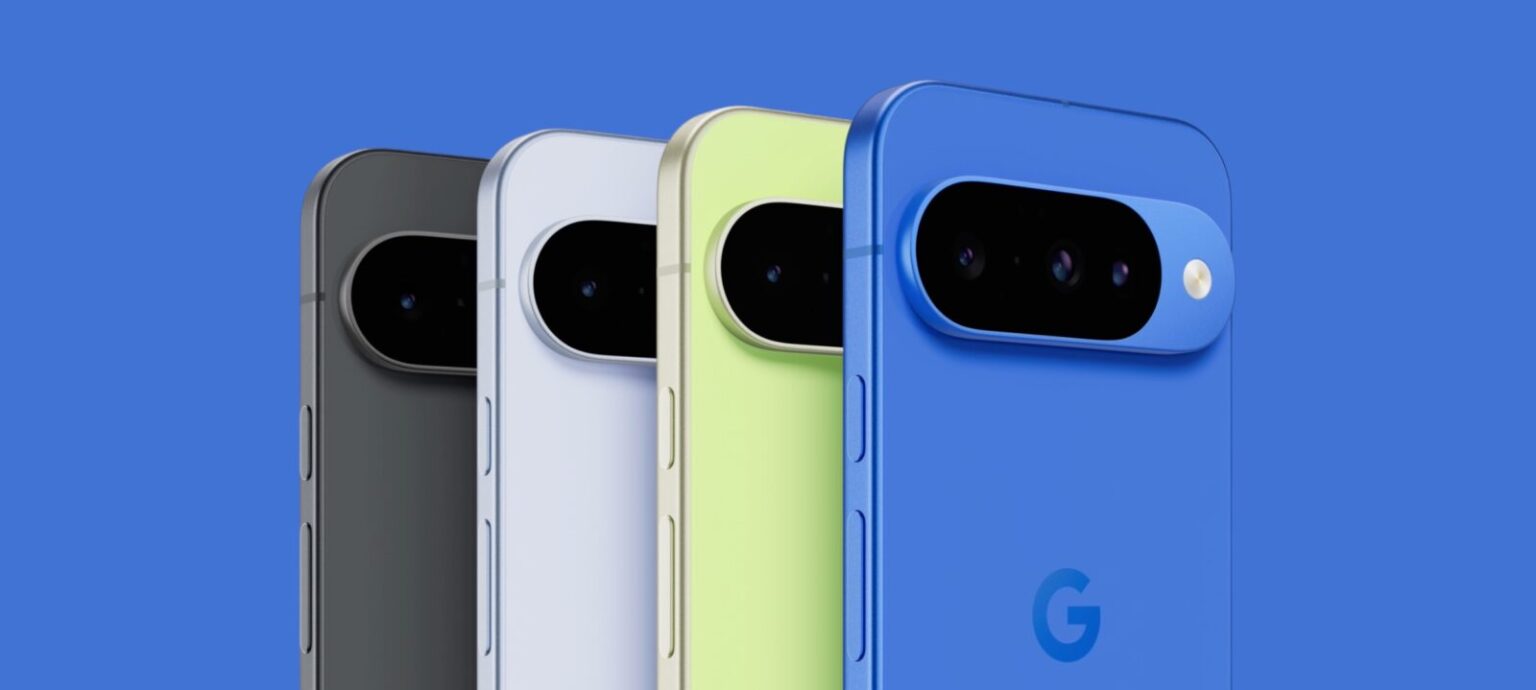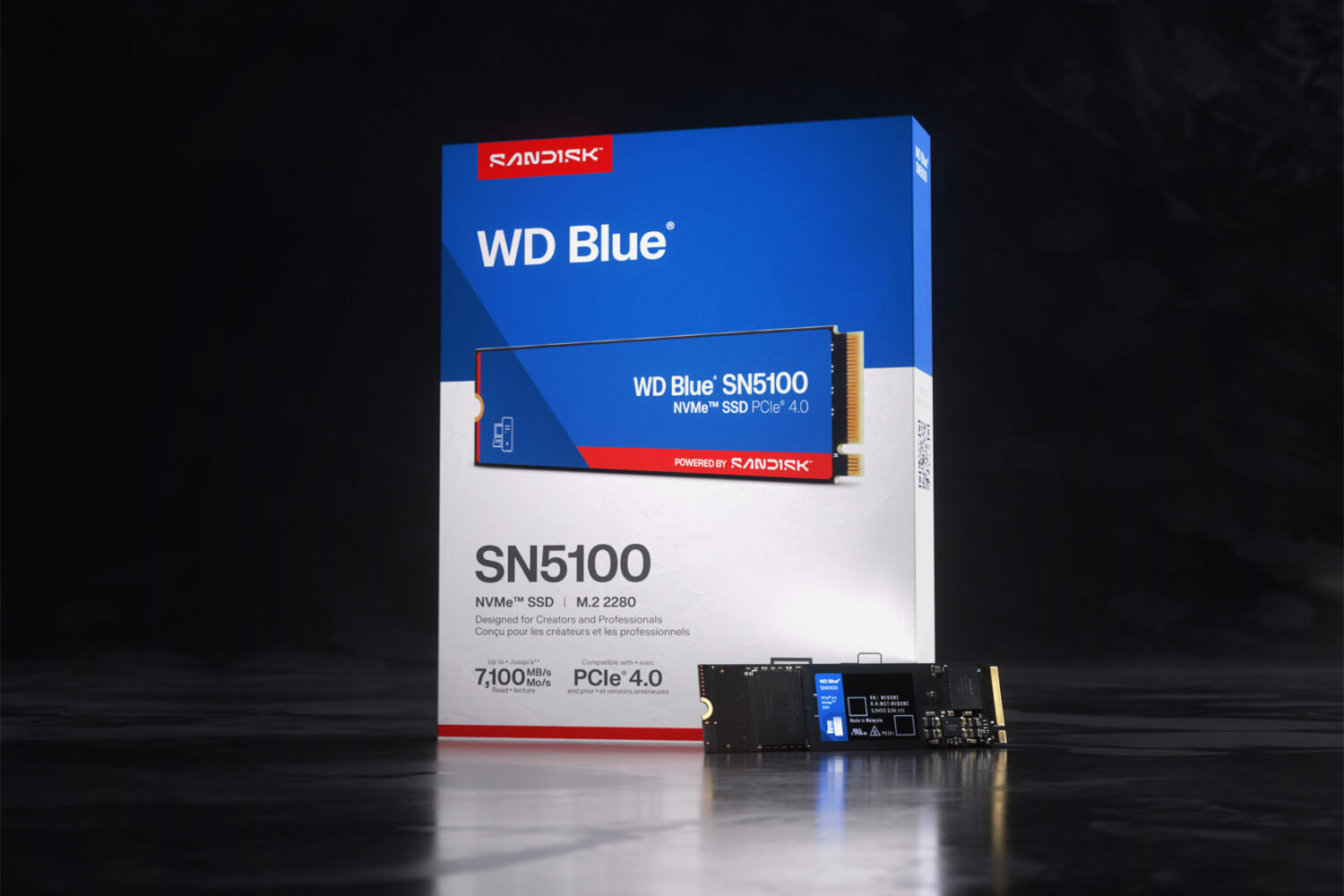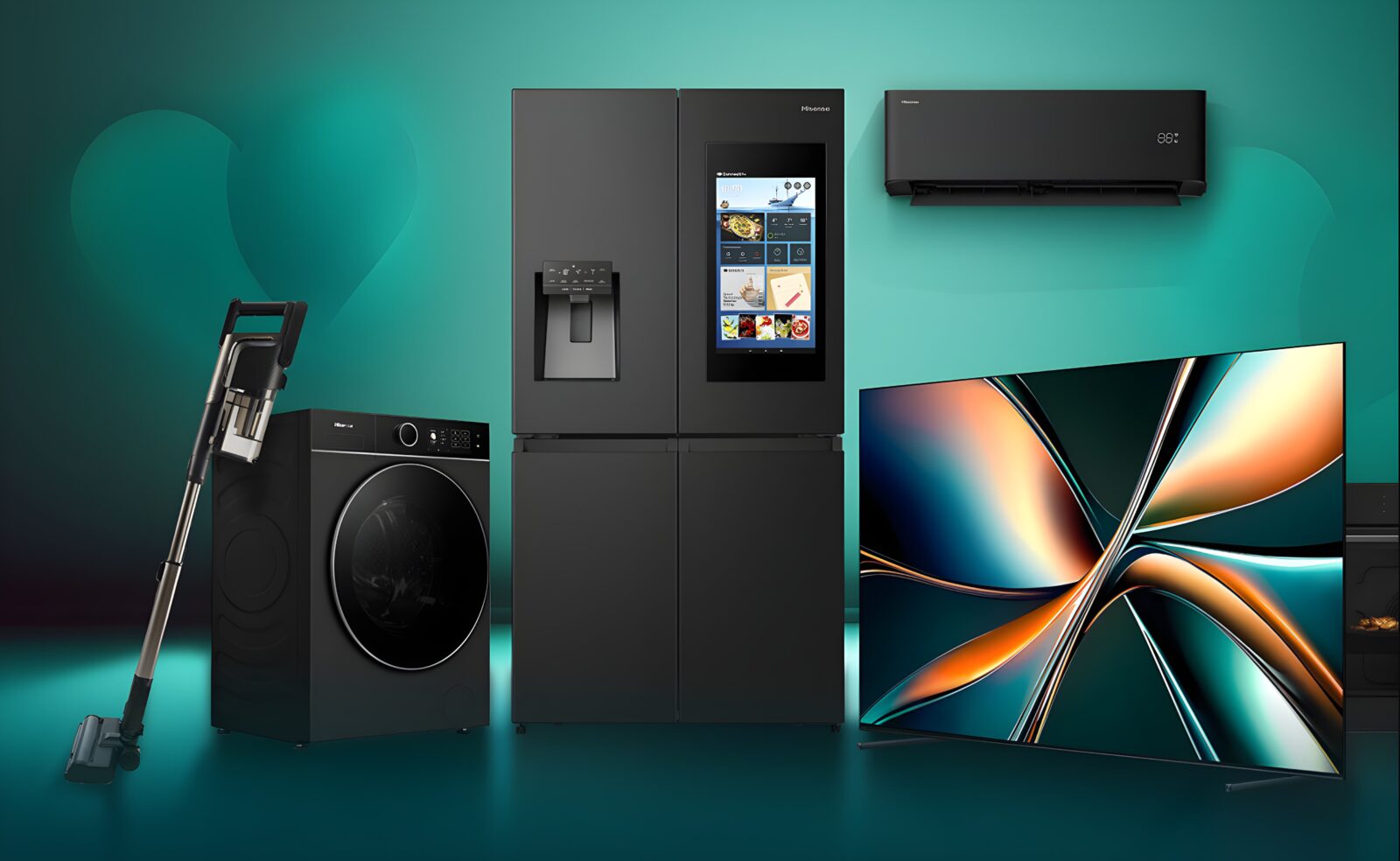TL;DR: Google’s Pixel 10 nails design, display, cameras, and AI ambition at under $800. It’s exciting and futuristic, but AI quirks, slow charging, and weaker raw performance hold it back. Still, it’s the most compelling Pixel yet.
- Introduction: The AI Phone Arrives
- Design and Build: Familiar but Refined
- Display: Brightness That Dazzles
- Performance: Tensor G5 Steps Out of the Shadows
- Battery Life: All Day, Finally
- Cameras: Still the Pixel’s Crown Jewel
- AI Features: The Star and the Struggle
- Software: Android 16 Comes Into Its Own
- Daily Usability: A Phone You Enjoy Using
- Ecosystem and Longevity
- The Verdict: The Most Exciting, Flawed Phone of 2025
Google Pixel 10
Introduction: The AI Phone Arrives
The smartphone world has always thrived on incremental progress. Each year brings faster chips, slightly better cameras, and smoother screens. But every so often, a device comes along that wants to be more than just another annual refresh. The Google Pixel 10 is that kind of phone. It doesn’t just want to compete with Apple or Samsung in the usual arms race of specs and benchmarks — it wants to change the very relationship you have with your phone.
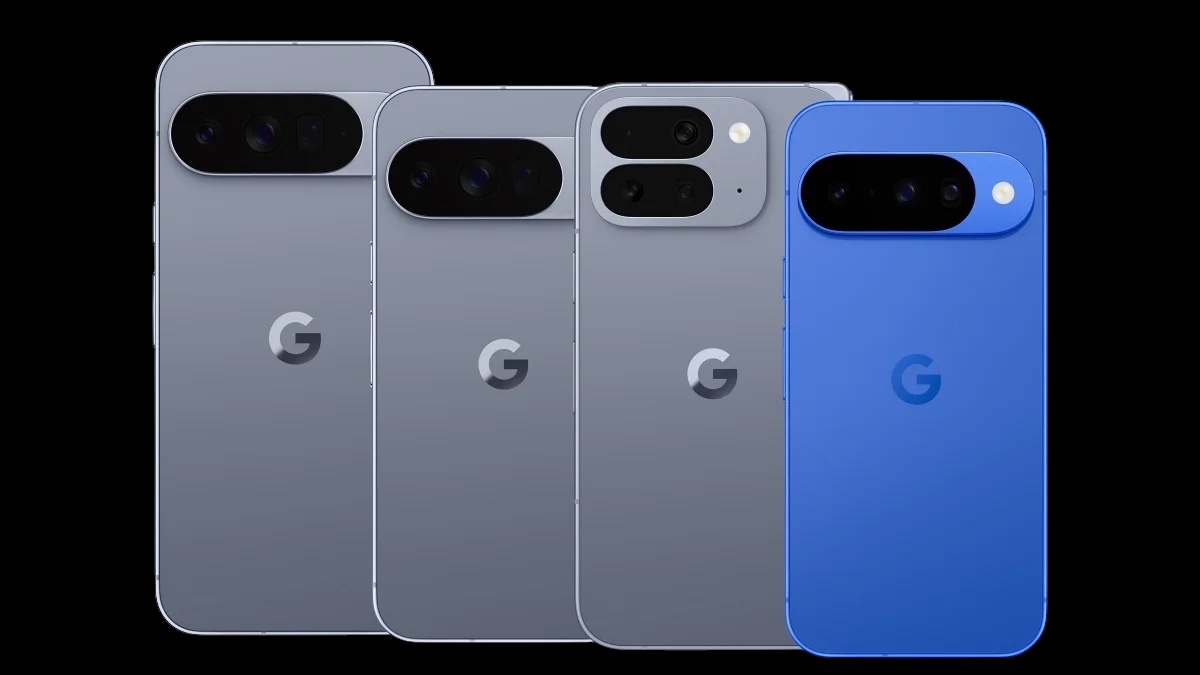
Google has been building toward this for years. The first Pixel in 2016 made its mark with computational photography that embarrassed traditional camera hardware. Later Pixels doubled down on clean Android, excellent cameras, and Google’s AI prowess. But they always seemed to come with caveats: middling performance, inconsistent battery life, features that felt half-baked. The Pixel 10 arrives in 2025 with a bold claim: those compromises are gone. Now, it’s not only refined in hardware and software, but it’s also the first truly “AI-first” smartphone, where machine learning isn’t an extra feature — it’s the core identity.
Over the past 24 hours, major reviewers have weighed in, and their verdicts paint a fascinating picture. The Pixel 10 is being celebrated as one of the most exciting, forward-looking phones of the year — but also criticized as a device that sometimes reaches further than it can comfortably grasp. It is futuristic, polished, flawed, dazzling, and occasionally frustrating all at once. Let’s break down exactly what the world is saying about Google’s most ambitious phone to date.
Design and Build: Familiar but Refined
When you look at the Pixel 10, you know immediately that it’s a Pixel. The now-iconic horizontal camera bar stretches across the back, giving the phone a visual identity in a sea of generic rectangles. Yet it’s been slimmed down and refined, sitting more flush against the aluminum frame. The edges are now flat instead of curved, lending the Pixel 10 a sharper, more modern silhouette that feels sturdier in the hand.
At 6.3 inches, the Pixel 10 strikes a balance that reviewers appreciate. It’s large enough to satisfy modern expectations for media consumption and productivity, yet compact enough to be usable with one hand — something increasingly rare in an age of giant “Pro Max” devices. The weight distribution feels balanced, and the flat sides make gripping easier, though some noted that they can dig into the palm during extended use.

The materials match the phone’s ambition. Aluminum rails, Gorilla Glass Victus on front and back, and IP68 dust and water resistance give it durability on par with premium rivals. Button placement has been tweaked for comfort, with tactile, clicky feedback that makes every press satisfying. Colors once again showcase Google’s playful streak: a professional graphite, a clean porcelain, and a bold green that feels distinctively Pixel.
The Pixel 10 isn’t reinventing the wheel, but it’s polishing every spoke. It looks and feels like a premium phone, which is crucial given its sub-$800 price.
Display: Brightness That Dazzles
The Pixel 10’s 6.3-inch OLED “Actua” display has been a consistent point of praise. Reviewers call it one of the brightest screens on the market, peaking at around 3,000 nits. That means reading in direct sunlight is effortless, HDR content pops with dazzling highlights, and color vibrancy is excellent without veering into cartoonish saturation.
Color accuracy is a strong point. Google’s Real Tone initiative, which aims for faithful skin-tone representation, extends here. Photos and videos look natural rather than overly boosted, with skin rendered realistically across a diverse spectrum. For reviewers weary of Samsung’s often oversaturated colors, the Pixel 10 felt refreshingly restrained.

The display also runs at 120Hz, dynamically adjusting between 60Hz and 120Hz. Out of the box, it defaults to 60Hz, likely to save battery, which some reviewers found baffling. But once enabled, scrolling, animations, and gaming feel buttery smooth. Combined with responsive haptics, the display delivers a tactile, physical sensation in every interaction.
Reviewers consistently ranked it among the best screens available, rivaling Samsung and Apple’s most expensive phones, which makes its inclusion on a $799 device even more impressive.
Performance: Tensor G5 Steps Out of the Shadows
The Pixel 10 debuts Google’s Tensor G5 chip, the first Tensor built on TSMC’s advanced 3nm process. After years of relying on Samsung’s foundry — with mixed results in power efficiency and thermals — this shift alone had people curious. The verdict? The Tensor G5 is the most competent Pixel processor yet.
Everyday performance is smooth and fluid. Apps open quickly, multitasking is snappy, and lag is virtually nonexistent. The Pixel 10 no longer feels like it’s sacrificing speed just to run AI features. Gaming, while better than before, still trails behind Snapdragon 8 Elite and Apple’s A18 Pro, particularly in sustained performance. Reviewers noted that the Pixel 10 can handle graphically intensive games, but frame rates aren’t as stable as those on Samsung’s or Apple’s flagships.
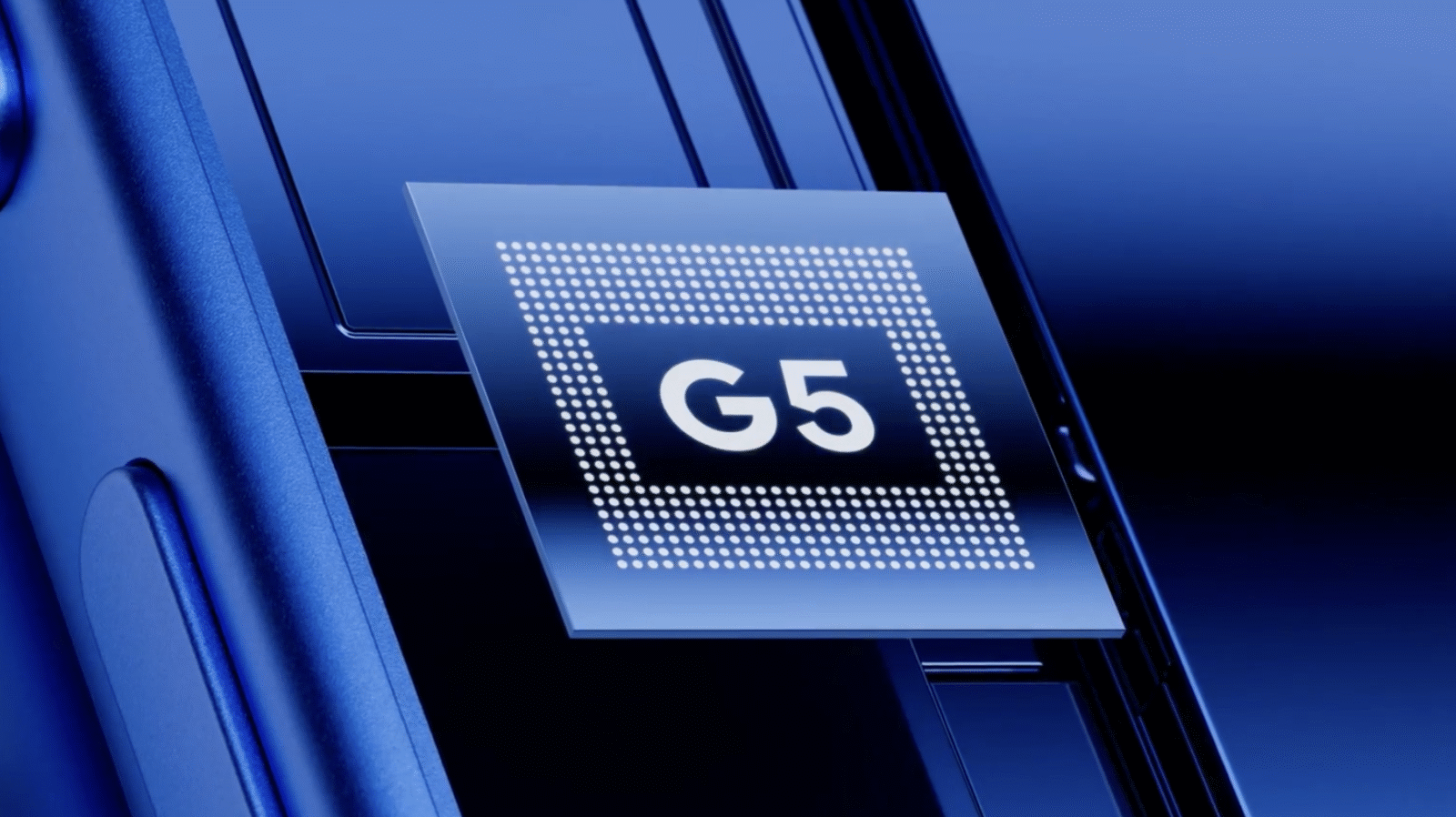
Where Tensor shines is in machine learning. Dedicated neural processing units accelerate AI tasks like real-time translation, camera enhancements, and contextual suggestions. These operations happen almost instantly, often without touching the cloud. Reviewers noted how magical it felt when a suggestion appeared mid-task or when a complex photo edit processed in seconds.
It’s not the fastest chip in the world, but it doesn’t need to be. The Pixel 10 is finally powerful enough, and in its AI specialty, it’s unmatched.
Battery Life: All Day, Finally
Pixels have had an inconsistent history with endurance. The Pixel 10 rights that ship. With a 4,970 mAh battery, Tensor G5 efficiency, and Android 16 optimizations, the phone comfortably lasts all day and into the next morning. Reviewers reported 7–8 hours of screen-on time, with enough juice left over for bedtime even after heavy usage.
Charging speeds remain modest at 30W wired. In a world where Chinese brands tout 100W+ fast charging, Google feels conservative. But the addition of Pixelsnap magnetic charging, based on the Qi2 standard, was warmly received. Snap the phone onto a magnetic stand, and it aligns perfectly, charging at up to 15W while doubling as a hub for accessories. It’s not just charging — it’s a convenience ecosystem, similar to Apple’s MagSafe.
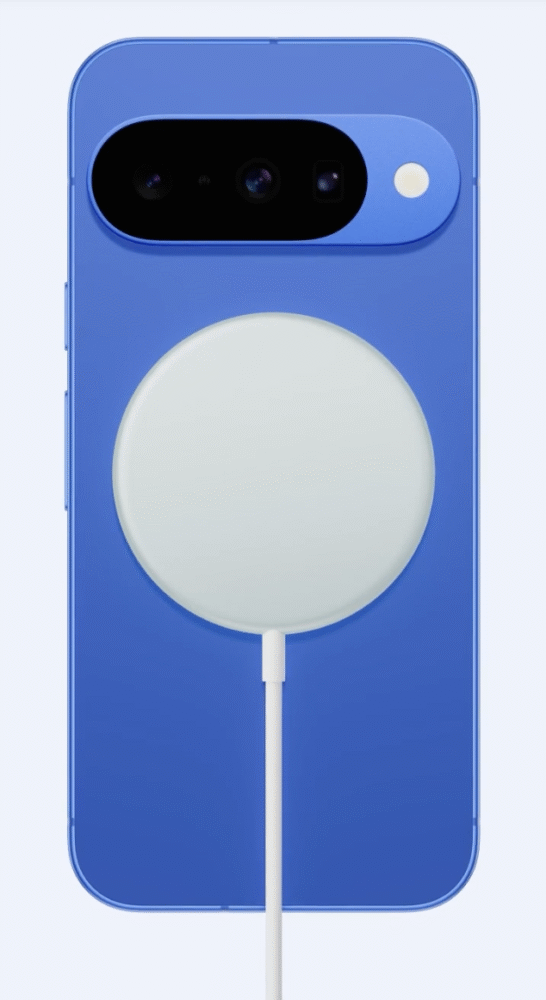
It’s not the longest-lasting phone of 2025, but the Pixel 10 finally delivers reliable endurance.
Cameras: Still the Pixel’s Crown Jewel
Google built its reputation on cameras, and the Pixel 10 doesn’t disappoint. For the first time, even the base model gets a telephoto lens: a 10.8MP sensor offering 5x optical zoom. This joins the 50MP main and ultrawide lenses for a versatile triple-camera setup.
Daylight photography is excellent. Images are sharp, colors balanced, and contrast signature-Pixel punchy. Skin tones shine, continuing Google’s Real Tone project. Low light is where the Pixel once again flexes — Night Sight delivers photos that look almost impossibly bright and detailed compared to what the human eye perceives.

The telephoto is a standout. Zooming to 5x produces crisp, detailed shots that rival far pricier phones. Pushing beyond uses Google’s Super Res Zoom combined with new Pro Res Zoom, a generative AI system that reconstructs detail. Reviewers found it uncanny — distant text becomes legible, faces recognizable, buildings detailed. At extreme zoom levels, some shots take on a slightly artificial, painted look, but the fact they’re usable at all amazed reviewers.




Portrait mode continues to excel, with edge detection that captures fine details like hair strands. Video benefits from HDR+ processing and smooth stabilization, with 4K60 capture looking polished. Cinematic blur mode has improved, though it’s still a work in progress.
Reviewers widely concluded that at this price, no phone matches the Pixel 10’s photographic versatility.
AI Features: The Star and the Struggle
The Pixel 10’s defining trait is its embrace of AI. Reviewers spent much of their time exploring these features, which ranged from genuinely useful to half-baked experiments.
Magic Cue is the headline feature: an AI assistant that proactively offers suggestions. It might draft replies in your style, summarize an email, or prep you with context for a meeting. Some reviewers found it helpful, others found it intrusive or inconsistent.
Camera AI is universally praised. Best Take stitches together group photos so everyone looks good. Camera Coach guides framing in real time. Audio Magic Eraser cleans background noise from video. These tools work reliably and improve the everyday photo-taking experience.

Real-time translation with cloned voice wowed reviewers. You can speak in English and have the phone translate into Spanish — using your own voice to deliver the translation. The effect is uncanny, though not flawless. Idioms and slang sometimes confuse it, but the potential is revolutionary.
Pro Res Zoom remains controversial. It uses generative AI to invent missing detail at high zoom levels. The results can be impressive, but they also raise philosophical questions: at what point is this still a photograph versus an AI fabrication?

Everyday touches round it out. Call screening is more accurate than ever, transcription handles dozens of languages, and contextual AI suggestions pop up across apps. Together, these features make the phone feel alive — not just a tool you use, but a tool that tries to help you.
Software: Android 16 Comes Into Its Own
Running Android 16, the Pixel 10 delivers the cleanest, most polished version of Google’s operating system. Material You has matured into a cohesive design language, with dynamic theming, fluid animations, and subtle haptics that tie it all together.
Longevity is a highlight: seven years of updates. This is Apple-level support in the Android world, and reviewers applauded Google for committing to long-term reliability. Buy a Pixel 10 now, and you’ll be supported into the early 2030s.

Security is robust, with the Titan M2 chip ensuring safe storage and processing. Biometric options have improved — face unlock works in more lighting conditions, and the fingerprint sensor is faster and more accurate than previous Pixels.
Ecosystem integration is improving too. Pixel Watch, Pixel Buds, and Pixel Tablet all play more nicely with the phone, creating the beginnings of an Apple-like ecosystem. Reviewers admitted it’s not nearly as seamless yet, but Google is finally closing the gap.
Daily Usability: A Phone You Enjoy Using
Specs are one thing, but living with a phone is another. Reviewers repeatedly emphasized how enjoyable the Pixel 10 is to use day-to-day. The display dazzles, haptics delight, and the UI feels cohesive. Unlocking is quick and reliable, app switching is smooth, and battery life lasts the day.
It’s not flawless. Magic Cue sometimes interrupts unnecessarily, and a few apps stumble when optimized for Snapdragon rather than Tensor. But overall, the Pixel 10 feels mature, reliable, and even fun. Reviewers said it felt less like a tool and more like a companion — occasionally overeager, but always trying to help.
Ecosystem and Longevity
Google’s ecosystem is finally maturing. Pair the Pixel 10 with a Pixel Watch or Pixel Buds, and you get features like seamless pairing, notification sync, and music handoff. The Pixel Tablet doubles as a smart hub. It’s not yet as frictionless as Apple’s ecosystem, but reviewers noted the gap is closing.
The seven-year update promise looms large. It reframes the Pixel 10 not just as a purchase for today, but as an investment for nearly a decade. Reviewers highlighted this as one of the Pixel’s greatest strengths, particularly in a market where many Android phones see just two or three years of major updates.
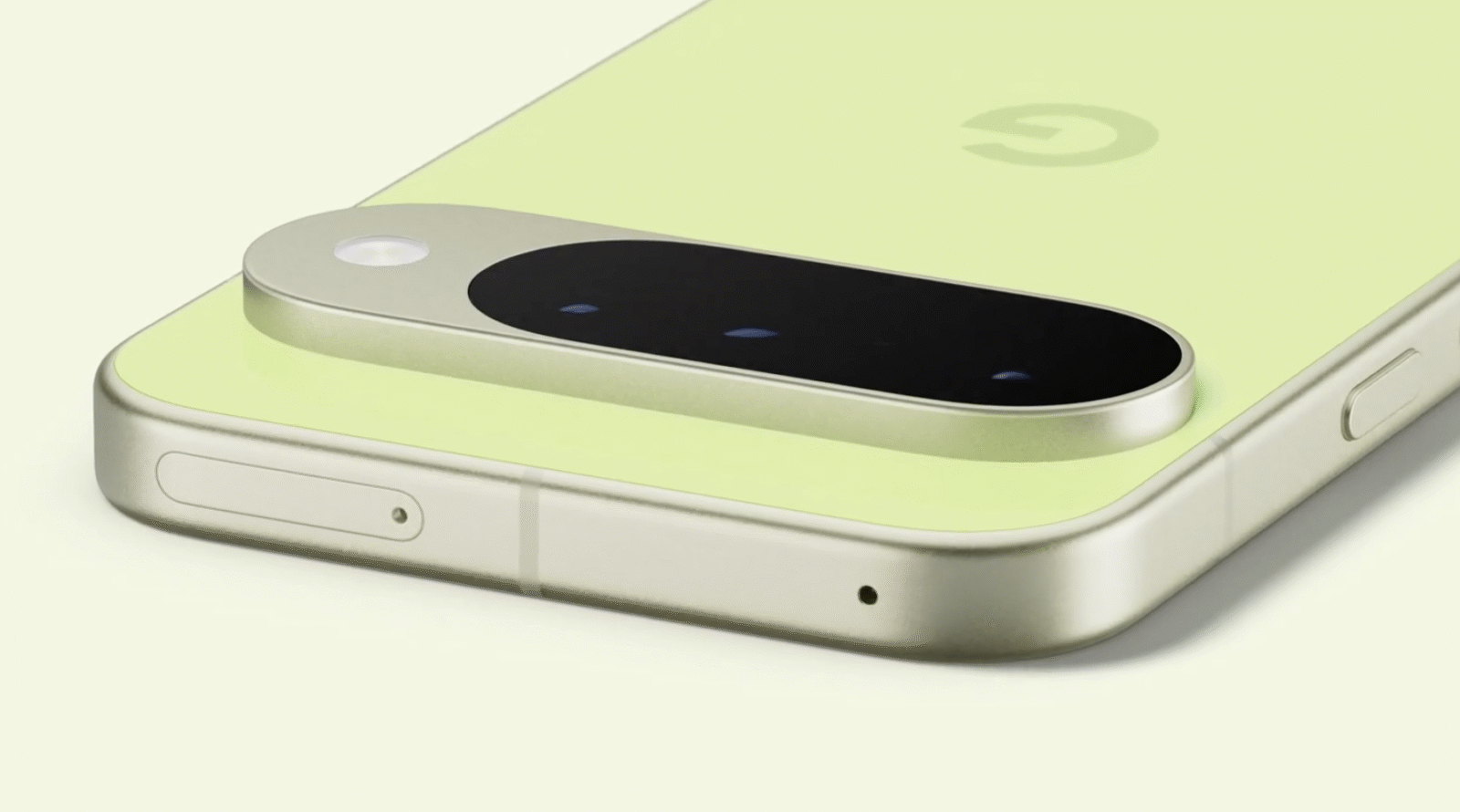
The Verdict: The Most Exciting, Flawed Phone of 2025
So, what’s the consensus? The Pixel 10 is one of the most exciting smartphones of 2025. It’s not the most powerful, nor the most polished, but it is the boldest. It’s a device that points toward the future of smartphones, where AI isn’t just a buzzword but an everyday presence.
Reviewers praised its refined design, dazzling display, improved performance, reliable battery, best-in-class camera, and ambitious AI. They also pointed out its flaws: inconsistent AI execution, slower charging, eSIM-only limitations, and performance that still trails the very best.
And yet, for under $800, the Pixel 10 feels like a bargain. It’s not perfect, but it’s different. It takes risks. It gives you a glimpse of tomorrow in your pocket today.

